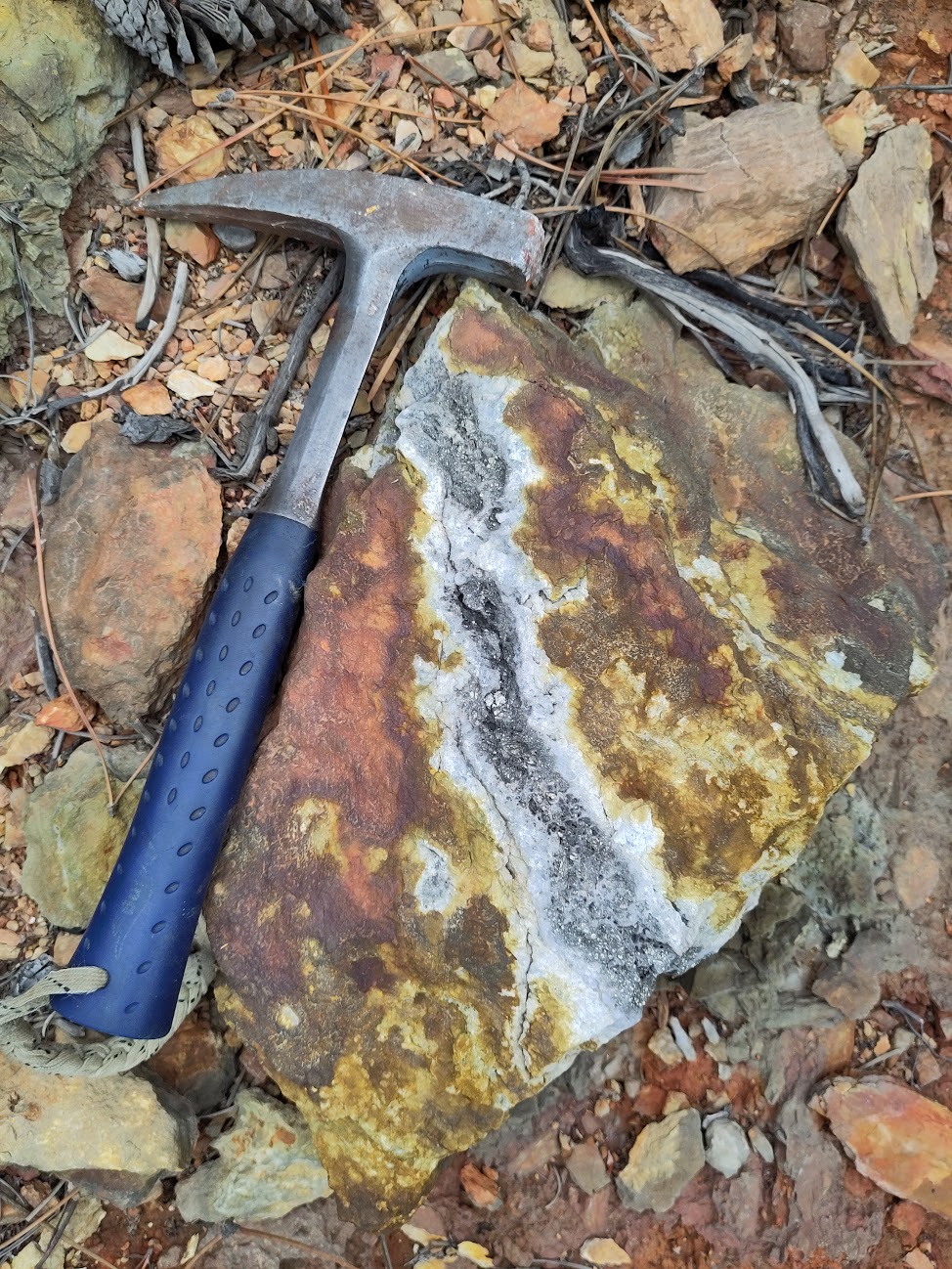Untapping the hidden resources
During mining activities to extract valuable materials and minerals, waste streams are generated. But what was once considered waste, isn’t waste with today’s knowledge. Piles of rock, tailings, or metallurgic slags contain materials of economic interest. Intelligent re-mining of the waste streams can provide critical raw materials and reduce the environmental impact of the mining residues.
Feven Desta is developing a framework to accurately map and model which minerals are still in the waste streams, how much, where exactly they can be found and how they behave under different circumstances. With secondary mining, she aims to recover critical raw materials from the waste of abandoned and active mines, while simultaneously minimizing possible environmental impacts. “I believe that re-mining mine waste can present a win-win scenario for the economy and environment. It aligns with responsible mining principles and fits in the circular economy concept.”
Valuables end up in waste
Mine waste often holds minerals of economic interest for several reasons. Firstly, during the extraction and processing of minerals, not all valuable metals can be efficiently recovered, leading them to be deposited in mine waste. Secondly, mining operations tend to focus on specific commodities, such as gold in gold mining, leaving behind other valuable metals like silver, copper, and cobalt, which may also be present in the ore (depending on the geology of the deposit). Also, natural processes like weathering and erosion over time can concentrate certain metals in mine waste, further contributing to its economic potential.
“There is a huge volume of mine waste all over the world, and these can have a good potential to serve as an alternative future source for metals and other minerals. However, it is a challenge to extract these metals of economic interest, thus we need to be innovative”, explains Desta.
Mapping the minerals in waste
Together with colleagues, Desta is working on use cases in different parts of Europe, such as Spain and Germany. They analyse samples using multiple sensor technologies to identify the material and model the composition of different mine waste streams in 3D. This is not as simple as it sounds, for various reasons. Mine waste is a complex system and subject to change due to environmental influences. Considering the multisensory approach , it is possible to fuse data and enhance the accuracy of the quantification and modelling of volumetric compositional variability within the mine waste. “Such approaches allow assessing the potential for secondary mining and help to achieve resource efficiency and waste reduction . Thus, it is one of the key factors to enable us realise economic and environmental benefits and social acceptance,” she says.

